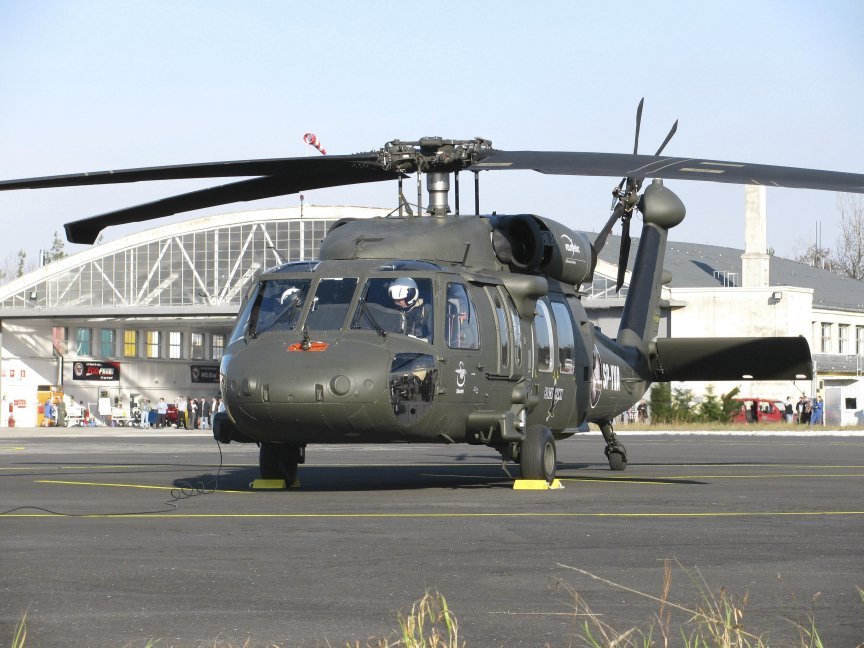Modernized Vertical Lift System With Advanced Composite Structures and Enhanced Precaution
In the realm of upright lift platforms, a significant change in the direction of modernization has actually been observed, driven by the assimilation of sophisticated composite structures and enhanced security measures. In discovering the convergence of technology and safety and security in contemporary lift systems, an engaging narrative arises, showcasing the potential for transformative advancements that cater to the ever-evolving needs of commercial industries.
Advancement of Vertical Lift Systems

The advancement of upright lift systems can be traced back to basic sheave systems and early elevator styles. Gradually, technologies such as hydraulic systems, electrical motors, and progressed control devices have actually significantly improved the efficiency and safety of these platforms. Suppliers have actually additionally concentrated on boosting the security, reach, and load-bearing abilities of upright lift systems to satisfy the varied requirements of different markets.
Furthermore, the combination of smart technologies like sensors, IoT connection, and automation attributes has actually additionally transformed the capabilities of modern upright lift systems. These technical enhancements not only improve functional efficiency however also ensure heightened safety and security criteria for workers utilizing these systems at different heights. The continuous advancement of upright lift systems highlights their important role in boosting vertical movement throughout markets.
Integration of Advanced Compound Structures

In addition, the use of sophisticated composite materials enables even more facility and maximized architectural layouts, enabling engineers to tailor the platform's homes to satisfy certain efficiency demands. This modification can cause boosted the rules of aerodynamics, lowered resonances, and boosted general security throughout operation. The combination of sophisticated composite structures also adds to a decrease in upkeep expenses and downtime, as these materials display outstanding resistance to environmental factors and have a longer life span contrasted to standard materials. Generally, the consolidation of innovative composite frameworks in contemporary upright lift systems stands for a considerable development in aerospace technology, leading to extra reliable, trustworthy, and much safer aerial their website transport systems.
Improved Precaution Execution
Executing improved security procedures is imperative in guaranteeing the ideal performance and dependability of contemporary vertical lift platforms. One essential element of improved safety steps is the combination of sophisticated sensor technologies to monitor various parameters in real-time.

Market Applications and Advantages
With advancements in innovation and engineering, modernized upright lift systems have actually found varied applications throughout numerous sectors, offering substantial benefits in i loved this effectiveness and productivity. The building industry advantages from vertical lift platforms by allowing employees to gain access to elevated locations safely and effectively, enhancing total project timelines.
Moreover, upright lift systems play an important duty in the upkeep and repair work of framework such as bridges, high-voltage line, and buildings, enabling specialists to reach inaccessible locations effortlessly (sikorsky s 70). The aeronautics market also leverages these platforms for airplane upkeep and setting up tasks, boosting operations efficiency and making sure employee safety at elevations. Overall, the widespread fostering of up-to-date upright lift systems throughout industries highlights their flexibility and the significant improvements they offer various operations
Future Trends in Lift Platform Innovation
Integrating advanced automation and smart features, lift platform modern technology is poised to transform upright transport systems in the close to future. One essential pattern is the combination of Internet of Points (IoT) technology, enabling lift systems to interact real-time information for anticipating upkeep, maximizing performance, and improving safety. Man-made intelligence and artificial intelligence formulas are additionally being integrated to examine patterns, forecast prospective concerns, and enhance performance. Moreover, making use of sophisticated materials such as carbon fiber compounds gets on the increase, providing enhanced longevity and toughness while lowering general weight. Boosted security actions, consisting of biometric authentication and emergency response systems, are coming to be basic features to make sure guest protection. Additionally, modular layouts and personalized setups are gaining appeal, permitting higher flexibility to different environments and requirements. As lift platform technology remains to progress, these patterns are readied to shape the future of vertical transportation, making it extra efficient, safe, and easy to use.
Final Thought
To conclude, the up-to-date vertical lift system showcases the development of technology in the market. By integrating sophisticated composite structures and improved safety and security procedures, this platform uses increased effectiveness and safety for different applications. The sector can benefit substantially from these developments, and future fads in lift platform innovation are most likely to continue surpassing these innovations for even better success and effectiveness.
In the realm of upright lift systems, a considerable change in the direction of modernization has been observed, driven by the assimilation of advanced composite structures and increased safety and security steps. The constant advancement of upright lift platforms highlights their that site crucial role in enhancing vertical wheelchair across industries.

The consolidation of sophisticated composite frameworks in modern-day upright lift platforms has considerably improved their structural stability and efficiency capacities. By incorporating these innovative compounds right into the layout and construction of vertical lift platforms, manufacturers can decrease general weight, boost load-carrying capability, and improve the platform's sturdiness and durability.
Carrying out boosted safety and security actions is essential in guaranteeing the optimal performance and reliability of modern-day upright lift systems.